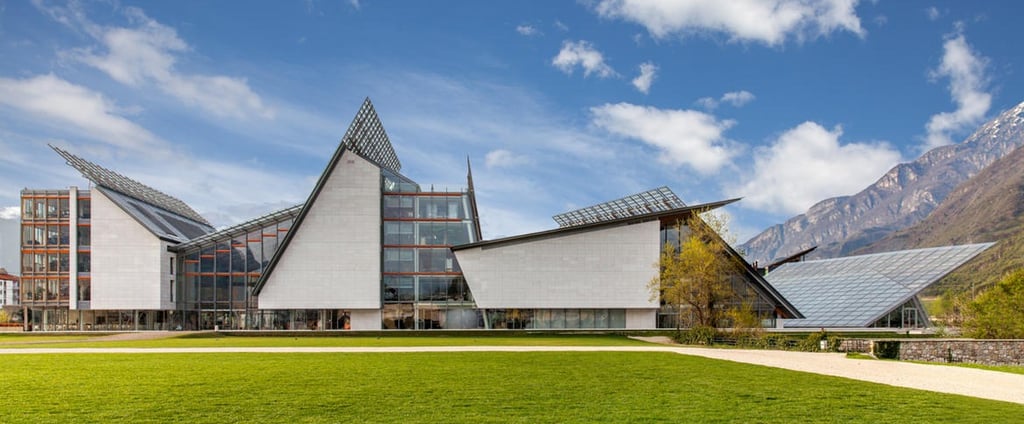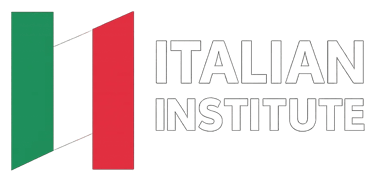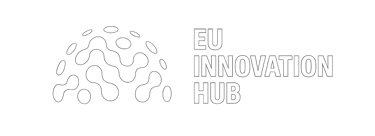MUSE – Trento: Where Science Meets the Mountains in a Living Laboratory
Explore the immersive world of MUSE Trento, where interactive science, alpine nature, and architectural innovation converge beneath the mountains.

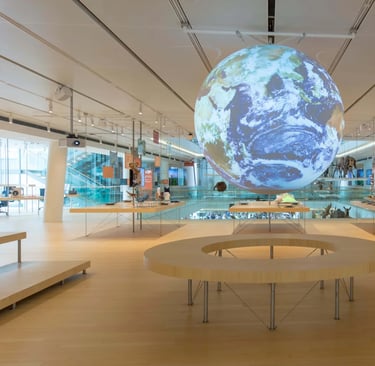
An Introduction to Italy’s Cutting-Edge Science Museum
Nestled at the foot of the Dolomite peaks and within the historic city of Trento lies MUSE, the Museo delle Scienze. On first encounter, the museum captures attention with its striking architecture, a crystalline structure of glass and steel conceived by the renowned Renzo Piano. Yet beyond its distinctive exterior, MUSE unfolds as an expansive realm of discovery, blending natural history, technology, ecology, and culture into an experiential narrative that is both local and global in scope.
The museum is a space designed to provoke curiosity, inspire wonder, and spark questions about our place in the natural world. It is not structured like a conventional institution of glass cases and passive viewing. Rather, it encourages exploration, experimentation, and dialogue. Visitors are invited to touch, measure, observe, and participate—to engage with science in a way that resonates with the spirit of investigation.
At the interface of the Italian Alps and the Po Valley, MUSE offers a unique vantage point for addressing urgent contemporary questions. How do ecosystems function in the mountains? What does climate change look like in a glacial environment? How can we balance human activity with delicate natural systems? MUSE positions itself at this crossroads, acting as a window into the world’s complexity and providing tools to understand—and perhaps shape—its future.
Renzo Piano’s Architectural Symphony
The design of MUSE is inseparable from its mission. When approached by the Fondazione Bruno Kessler—a prominent Trentino research institution—Renzo Piano envisioned a building that would resonate with its environment. The result is a crystalline, stepped structure that mirrors the profile of the Dolomites, softened by sinuous forms and filled with light.
Wrapped in glass panes set within an intricate steel exoskeleton, MUSE seems to merge with the sky and the surrounding landscape, as if the mountains themselves stepped into the city. Inside, the lobby opens into a soaring atrium that rises like a canyon, punctuated by walkways, balconies, and staircases that guide visitors on a vertical journey through five exhibition levels.
Architectural illumination is not merely aesthetic—it is functional. Natural light filters through the glazed façade, reducing electricity needs while supporting biophilic engagement with the outside world. Materials such as timber, metal, and stone are openly displayed, grounding the museum in natural textures even within its modern envelope. The building becomes both a teaching instrument and a meditation on the relationship between human creativity and ecological context.
Visiting the Mart: Practical Information
The Museo delle Scienze is located on Corso del Lavoro e della Scienza in Trento’s northwestern district, a short walking distance from the city center and its historic Piazza Duomo. Trento itself is well connected by regional trains from Verona, Bolzano, and Milan, and MUSE can be reached easily via local bus lines or on foot.
Opening hours typically span daily morning to early evening, with alternating extended hours on select days. The museum is generally closed on certain holidays and occasionally for private functions, so visitors are encouraged to confirm timings before their visit. Tickets are available both in person and online, with reduced rates for students, seniors, families, and group access. Admission usually encompasses all galleries, live exhibits, and participation in public laboratories, though some special exhibitions may carry a separate surcharge.
Guided tours can be booked in multiple languages; audio guides or app-based self-guided experiences deepen the journey. On-site amenities include a cloakroom, restrooms adapted for accessibility, and elevators helping navigate all floors. The museum is wheelchair accessible, and special accommodations can be arranged for visitors with sensory impairments.
The café, offering Italian coffee, mountain-inspired snacks, vegetarian and vegan options, and panoramic views of Trento’s rooftops and river valley, is open during museum hours. The bookstore is stocked with volumes ranging from children’s science activity guides to advanced environmental research—curated to complement the themes of the exhibitions.
MUSE also offers subscription-based memberships that include free or reduced entry, previews of new exhibits, invitations to unique laboratories and events, and a quarterly magazine that explores science and society in deeper contexts.
Whether you are traveling with young minds eager for hands-on discovery, scholars pursuing scientific dialogue, or curious visitors drawn to architecture and Alpine culture, MUSE offers a multifaceted experience that resonates long after you leave.
Visit the official website here: https://www.muse.it
Technology on Display
Cutting-edge technology plays a central role at MUSE. From high-resolution touchscreens to augmented reality installations, the museum uses interactive media to demystify complex phenomena. In the “Matter and Interactions” section, for instance, visitors can manipulate simulations that demonstrate atomic behavior, electromagnetic fields, or quantum mechanics—abstract concepts made visible through elegant interfaces.
Robotics also features prominently. On certain floors, guests can program simple robots, exploring concepts of robotics in land surveying, glacial monitoring, and environmental sensing. These stations evoke the issue of technology’s dual role: as an instrument of understanding and as a force that must be managed with ethical forethought.
A digital immersion theater offers immersive screenings about planetary processes—erosion, tectonics, weather systems. The combination of large-scale visuals with space-appropriate sound design ensures that scientific storytelling becomes an embodied experience, one that educates through sensation as much as through explanation.
Education as Action
The museum’s educational mission is not content with static exhibits. MUSE collaborates with schools, universities, research centers, and community organizations to co-create programs that range from field research to science festivals. Children partake in guided investigations of streams; families build simple machines in maker workshops; university researchers conduct climate simulations. Throughout the year, the museum pulses with events: seasonal festivals, science cafés, guest lectures by prominent scientists, and even hackathons focused on sustainable innovation.
One emblematic example is the “Science in Action” labs, designed for different age groups. Younger children experiment with the properties of water; teenagers analyze biodiversity in local parks; adults engage in deeper debates about environmental policy. These labs reflect the museum’s educational vision: that science is not passive consumption but active involvement in the world.
The presence of the Fondazione Bruno Kessler—and its research center for artificial intelligence—also enables high-level seminars aimed at scholars exploring AI in environmental modeling, digital humanities, or ethical science. MUSE becomes both classroom and laboratory, hosting hybrid events that test new forms of learning.
Public Engagement and Civic Science
Beyond serving as a museum, MUSE functions as a public laboratory for civic science. It invites citizens to participate in environmental monitoring through smartphone apps that gather data on snow cover, air quality, and biodiversity. Community science initiatives encourage local involvement, acknowledging that those who live closest to mountain ecosystems often hold valuable knowledge.
The building itself demonstrates green principles: photovoltaic panels, rainwater collection, intelligent heating systems. Transparent to visitors, these systems show how sustainable practices can be integrated into cultural spaces without sacrificing architectural beauty. MUSE thus stands as both model and message: public spaces can be designed to minimize ecological impact while maximizing social benefit.
Integrating History, Community, and Environment
MUSE exists within a rich ecosystem of regional culture. Its location in Trentino—a region with a strong tradition of Alpine agriculture, small-scale industry, and mountain identity—positions the museum as an interlocutor between tradition and innovation. The institution directly engages with local producers, seasonal festivals, hiking clubs, and economic networks to investigate how communities and ecosystems co-exist.
When science meets tradition, results are compelling. Events such as “Mountain Food and Science” bring together chefs, scientists, and farmers to explore the terroir of Alpine cuisine—the soil, the genetics, the microbiology of mountain crops and cheeses. Nature trumps nostalgia, but tradition finds a scientific voice through the museum’s events, emphasizing continuity rather than rupture.
The Museum Shop and Café: Extensions of Mission
Even the café and shop are extensions of MUSE’s philosophy. The culinary offerings highlight locally sourced ingredients; architecture-friendly ceramics and science-themed books populate the shop’s shelves; educational toys and materials reflect the same curiosity found in the exhibits. These spaces function as informal sites of learning and community gathering, supporting the museum’s mission even outside the main galleries.
Visitors—whether pausing for coffee or choosing a souvenir—remain within the museum’s narrative of science, sustainability, and regional awareness. Every element is curated to reinforce the experience of MUSE as both discovery and destination.
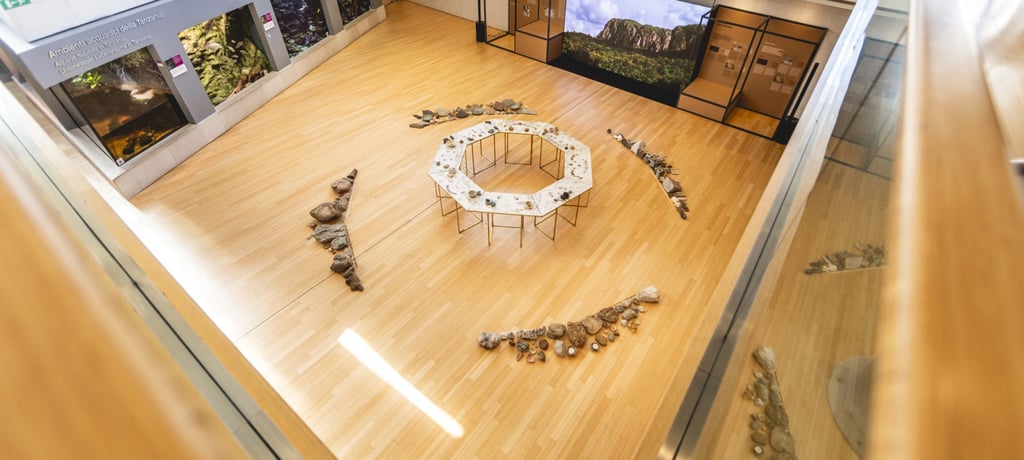

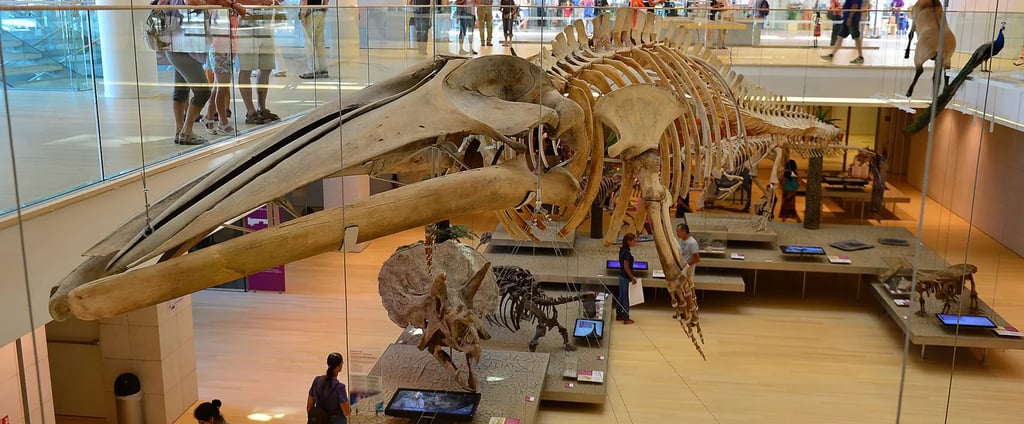

Immersive Paths Through Nature and Science
Upon entering the museum, visitors encounter an experience that unfolds like a series of chapters in an unfolding narrative about science and nature. The first floor feels like a gateway to ecosystems. Large glass cases feature preserved and live specimens ranging from insects and amphibians to alpine flora. But these are just entry points. Interactive stations invite deeper investigations: through digital microscopes, touch screens, and sensory installations, visitors can observe minute details of leaf structure, animal behavior, and geological textures.
One of the museum’s most compelling features is its vertical climate zone. As visitors progress upward through the building, they traverse simulated environments that reflect increasing altitude. A sense of movement is created not only by physical stairs and ramps but by temperature changes, vegetation transitions, and evolving soundscapes. The museum invites guests to mentally—and physically—climb through habitats that shape the Alpine region.
At the summit level, the exhibition space is dedicated to sustainability and innovation. Here, the challenges of global ecosystems come into sharp relief. Interactive installations allow one to experiment with renewable energy models, water filtration systems, and circular economy prototypes. It is a space both educational and aspirational, one that suggests that science is not just a body of knowledge but an engine of possibility.
The Glaciers and Alpine Modules
MUSE’s proximity to some of Europe’s most iconic mountain landscapes gives it a powerful lens. The museum houses an extensive collection of materials related to the Alpine region, including rocks, fossils, and ice samples. Among the most remarkable are core samples from glaciers such as the Adamello or Marmolada. These frozen records of geological and climatic history allow scientists—and the curious public—to examine decades, even centuries, of environmental change.
The “Glacier Room” is a multidimensional space where visitors can explore data, models, and visual narratives of glacial retreat. Watching simulated ice melt on transparent display tables, observing before-and-after photographs of landscapes eroded by warming, and confronting the implications of melting water reserves—this is science made tactile and urgent.
Adjacent is the Alpine Laboratory, a place dedicated to biological diversity. It houses live insects, plants, and amphibians; it holds specimens of rare edelweiss and chamois prints; it runs sound stations where one can listen to the calls of mountain birds. Through these modules, the museum foregrounds the fragility and richness of mountain life, making the science of adaptation and conservation both beautiful and immediate.
